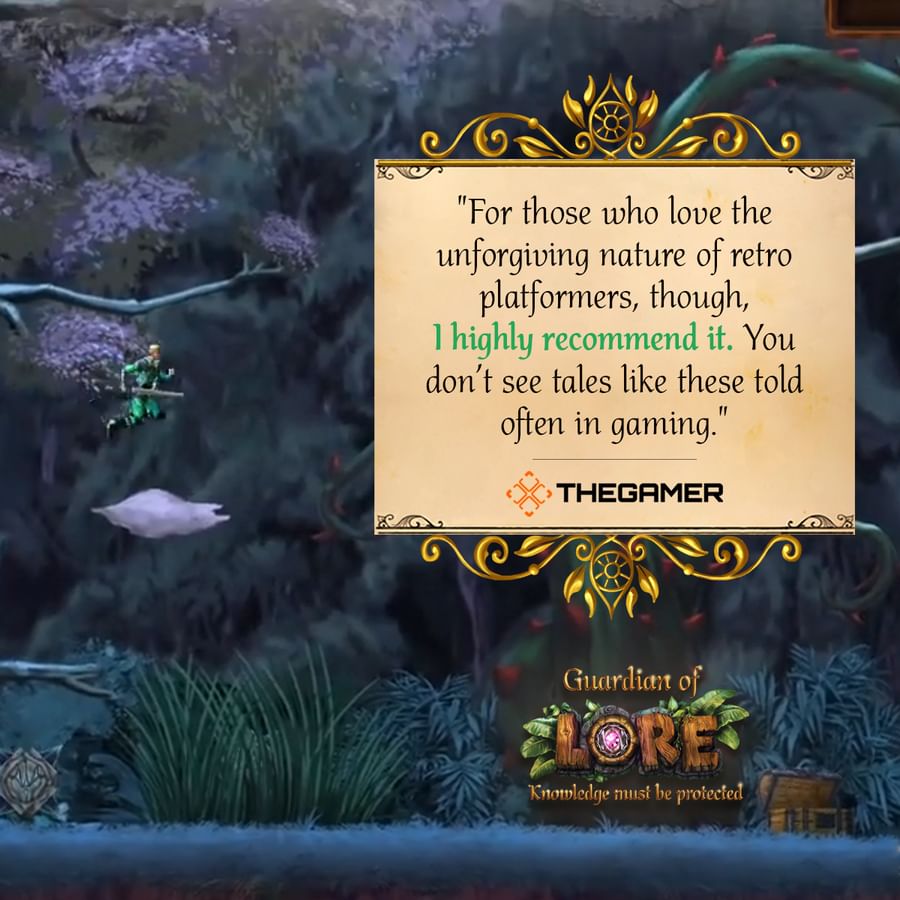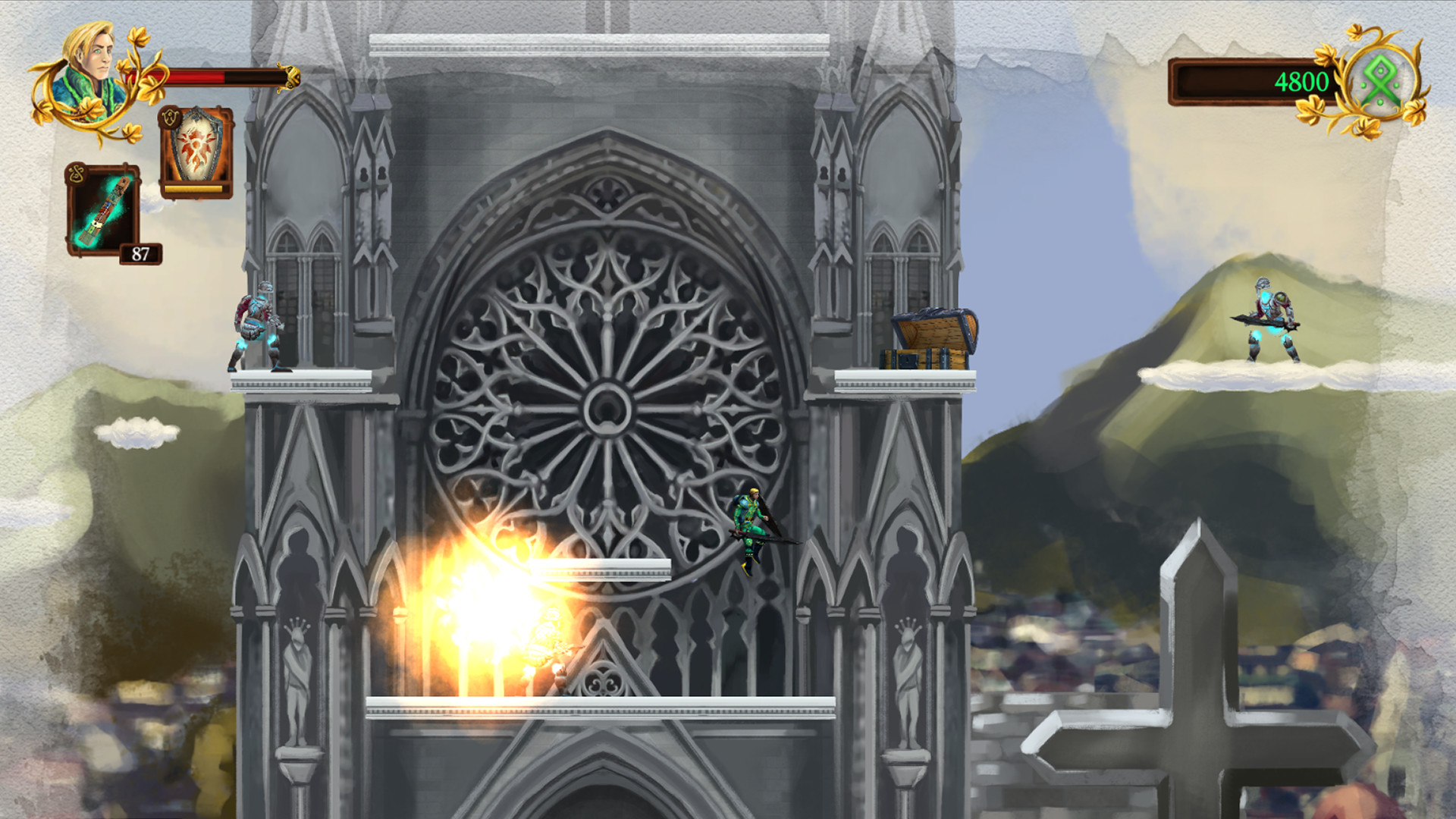

Doing that means only getting to move one unit for the turn, however, so you should only use it if your back is up against the wall. Once you use one of these plans, you can’t use it again in the same battle unless you use the scout adviser to refresh your deck. The playfield is divided up into three zones, and you might have a plan that allows you to move, say, two units in the middle zone and one in the left zone.

The warrior’s plans allow you to choose a few units based on which part of the playfield they’re occupying. Your plans are divided among three advisers, with the first, the warrior, being the one you’ll use most frequently. Instead, you choose from a variety of options that allow you to move a specific few. You can’t move all of your units in one turn, you see. Next, you’ll need to choose your plan for the turn. First, you’ll draw a random Lore card, which is basically a magic spell you can use to swing things in your favor. Each turn is broken down into phases, making your options and input clear at all times. There are a lot of interesting ways BattleLore differentiates itself from typical strategy games. If you’re not familiar with the Command & Colors system that it’s built on, you’re probably going to be a little bit confused at first, but the game has a really decent tutorial that explains things well enough for you to fill in the blanks within a game or two. BattleLore may have come from multiplayer-only board game roots, but its mechanics are just as easy to appreciate against the computer. That’s fine, though, as some of my favorite strategy games are for all intents and purposes single player affairs. Apparently, online play will be coming in a later update, but for now, this is effectively going to be a single player game for most. Rounding out the modes is the expected multiplayer mode, but unexpectedly, it only supports local play.

After you beat a stage in the campaign, it’s available for replay at your leisure in the game’s skirmish mode, and you can even play as the horrible red guys if your heart is dark and devoid of love. The main campaign, which should be your first stop, tells a story that branches out into different missions as you go along, with a little bit of flavor text setting the stage for your next battle each time. The game takes place in a medieval fantasy world that pits the noble and honorable blue guys against the vile and frankly repugnant red guys. Not many games can ride that line well, but BattleLore does a pretty good job of it. The Commands & Colors line of games, as near as I can tell, are an attempt to offer deep strategic possibilities while still being accessible to newcomers. I do have a firm appreciation for board games, however, and I enjoy a good strategy game as much as anyone, so hopefully my specific inexperience won’t hamstring things here too much. As there’s not much of a board game community in my local area, I’m a bit out of date on games from the last decade, meaning I’m neither familiar with BattleLore nor the Commands & Colors rule set it’s based on. It’s a real sink or swim situation, but if you’ve got the wits and patience to see it through, you’ll find a game with a very rewarding core that suffers a bit from its overall lack of options.Ī little research tells me that BattleLore is based on the board game, not the Finnish metal band.
#Guardian of lore review how to
While many strategy games like to puff you up with some early victories before pulling out the Customer Service Bat, this one teaches you the basics of how to play in a couple of turns and then almost immediately comes at you virtually as hard as it ever will. I found that kind of interesting, and in a way, it sets the pace for this strategy board game adaptation. You don’t win the tutorial mission in BattleLore: Command ($6.99).


 0 kommentar(er)
0 kommentar(er)
